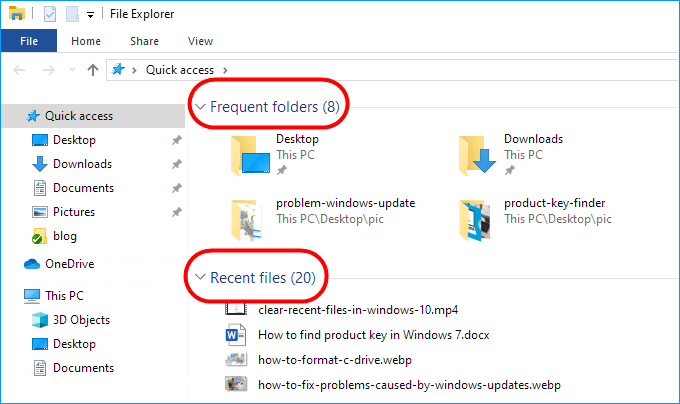
If fast startup is turned on, shutting down the device does not clear the overlay. UWF does not support the use of fast startup when shutting down your device. UWF supports up to 16 terabytes of protected volumes. The overlay does not mirror the entire volume, but dynamically grows to keep track of redirected writes. Writes to excluded files still influence the growth of the Overlay. Other file systems (example: exFAT): You can protect the volume, but cannot create file exclusions or do file commit operations on the volume.However, during device startup, NTFS file system journal files can write to a protected volume before UWF has started protecting the volume. Windows 10 Enterprise, Windows 10 IoT Core, or Windows 10 IoT Enterprise. When paging is used together with a RAM-based overlay, the uptime of the system can be significantly increased. UWF supports paging to increase virtual memory, if the page file exists on an unprotected volume. On devices with a disk overlay, you can use freespace passthrough to access your drive's additional free space. On Windows 10, version 1803, you can use a persistent overlay to allow data saved in the virtual overlay to remain even after a reboot.

You can update and service UWF-protected devices, either by using UWF servicing mode or by adding file and registry exclusions to specific system areas. You can manage UWF directly on a Windows 10 device using uwfmgr.exe, or remotely using MDM tools with the UnifiedWriteFilter CSP or the UWF WMI. You can use UWF to make read-only media appear to the OS as a writable volume. Supports both master boot record (MBR) and GUID partition table (GPT) volumes. You cannot use UWF to protect external removable drives, USB devices or flash drives. UWF can protect most supported writable storage types, including physical hard disks, solid-state drives, internal USB devices, and external SATA devices.

UWF replaces the Windows 7 Enhanced Write Filter (EWF) and the File Based Write Filter (FBWF). Increases security and reliability for kiosks, IoT-embedded devices, or other devices where new apps are not expected to be frequently added.Ĭan be used to reduce wear on solid-state drives and other write-sensitive media. After the device reboots, the next guest receives a clean experience. Guests can work, change settings, and install software.

Provides a clean experience for thin clients and workspaces that have frequent guests, like school, library or hotel computers. The virtual overlay is a temporary location that is usually cleared during a reboot or when a guest user logs off. Unified Write Filter (UWF) is an optional Windows 10 feature that helps to protect your drives by intercepting and redirecting any writes to the drive (app installations, settings changes, saved data) to a virtual overlay.


 0 kommentar(er)
0 kommentar(er)
